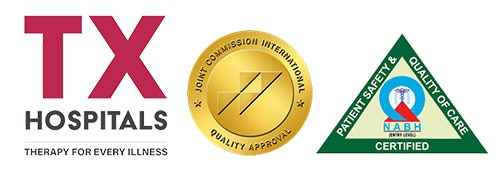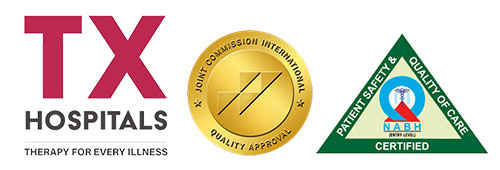What is Nissen Fundoplication?
Nissen Fundoplication is a surgical procedure that is performed to treat Gastroesophageal Reflux Disease (GERD). GERD is a condition where stomach acid flows back into the esophagus, causing heartburn, chest pain, and other symptoms. Nissen Fundoplication involves wrapping the upper part of the stomach (the fundus) around the lower part of the esophagus. This creates a valve-like mechanism that prevents stomach acid from flowing back into the esophagus.
Nissen Fundoplication Indications:
Nissen fundoplication is indicated for patients with chronic GERD symptoms that are not controlled with lifestyle modifications and medication therapy. Common symptoms of GERD include heartburn, regurgitation, and dysphagia.
Preoperative Evaluation:
Before undergoing Nissen fundoplication, patients undergo a thorough evaluation to assess their candidacy for surgery. This includes a review of their medical history, a physical exam, and diagnostic tests such as an upper endoscopy, pH monitoring, and esophageal manometry.
How is Nissen Fundoplication Performed?
Nissen Fundoplication is performed under general anesthesia. The surgeon makes small incisions in the abdomen and inserts a laparoscope (a thin, flexible tube with a camera) and other surgical instruments. The surgeon then wraps the upper part of the stomach (the fundus) around the lower part of the esophagus to create a valve-like mechanism. The surgeon may use sutures or surgical staples to hold the wrap in place. The procedure typically takes between 1-2 hours to complete.
Benefits of Nissen Fundoplication:
Nissen Fundoplication can provide relief from the symptoms of GERD, including heartburn, chest pain, and regurgitation. Studies have shown that Nissen Fundoplication is highly effective, with up to 90% of patients experiencing long-term relief from their GERD symptoms. Other benefits of Nissen Fundoplication include:
- Reducing the need for medications that treat GERD
- Improving quality of life
- Reducing the risk of complications associated with long-term GERD, such as esophageal strictures or Barrett’s esophagus
Risks of Nissen Fundoplication:
Like all surgical procedures, Nissen Fundoplication carries some risks. These risks include:
- Difficulty swallowing (dysphagia)
- Gas and bloating
- Persistent reflux symptoms
- Infection
- Bleeding
- Injury to nearby organs, such as the spleen or liver
- Need for additional surgery
Postoperative care:
After Nissen fundoplication, patients require close monitoring in the hospital to ensure adequate pain control, wound healing, and oral intake. They are typically started on a liquid diet and gradually transitioned to solid foods over several weeks. Patients are also advised to avoid heavy lifting and strenuous activity for several weeks after surgery.
Outcomes:
Nissen fundoplication has been shown to be an effective treatment for GERD, with high rates of symptom relief and patient satisfaction. The procedure has a low rate of major complications, and most patients experience an improvement in their quality of life after surgery.
Conclusion:
Nissen fundoplication is a safe and effective treatment option for patients with chronic GERD symptoms. With careful patient selection and appropriate preoperative evaluation, the procedure can provide long-lasting relief from acid reflux and improve patients’ quality of life. However, as with any surgical procedure, there are potential risks and complications that should be discussed with patients before surgery.







